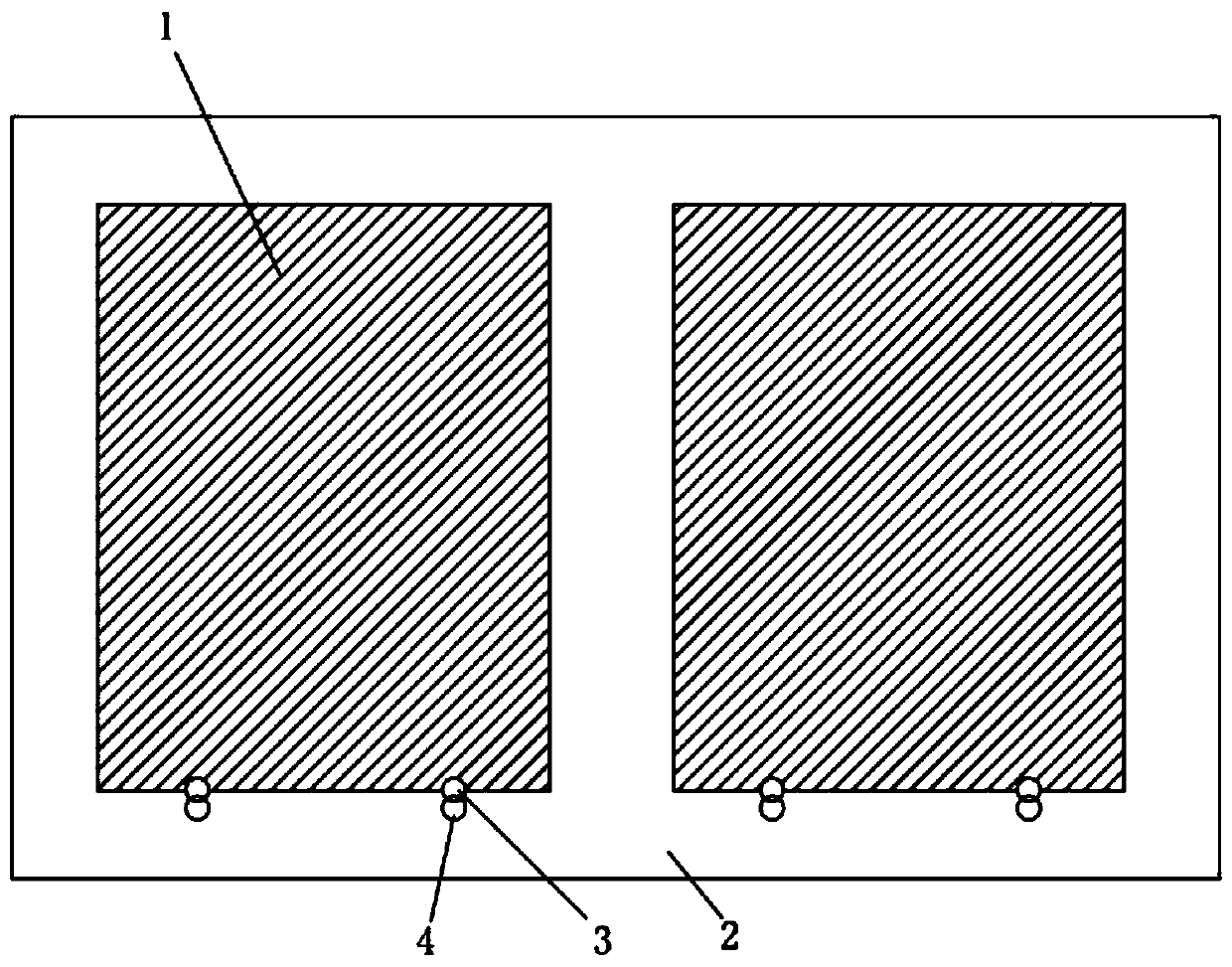Method of manufacturing mechanical blind half hole
A production method and technology of blind holes, which are applied in the fields of printed circuit manufacturing, electrical connection formation of printed components, electrical components, etc., can solve the problems of complex production process, easy production error, and inability to etch the front, so as to optimize the process production process, The effect of avoiding capes and burrs and saving the tinning process
- Summary
- Abstract
- Description
- Claims
- Application Information
AI Technical Summary
Problems solved by technology
Method used
Image
Examples
Embodiment
[0025] This embodiment provides a method for manufacturing a circuit board, which includes a method for manufacturing mechanical blind and half holes. The specific process is as follows:
[0026] (1) Cutting: cut out the core board according to the board size 520mm×620mm, the thickness of the core board is 0.8mm, and the thickness of the outer layer of copper foil is 1OZ.
[0027] (2) Inner layer circuit production (negative film process): Inner layer graphics transfer, use a vertical coating machine to coat a photosensitive film on the core board, the film thickness of the photosensitive film is controlled at 8 μm, and a fully automatic exposure machine is used to 5-6 grids The exposure ruler (21-grid exposure ruler) completes the exposure of the inner layer circuit on the core board, and after development, the inner layer circuit pattern is formed on the core board; the inner layer is etched, and the inner layer circuit is etched out of the exposed and developed core board, a...
PUM
 Login to View More
Login to View More Abstract
Description
Claims
Application Information
 Login to View More
Login to View More - R&D
- Intellectual Property
- Life Sciences
- Materials
- Tech Scout
- Unparalleled Data Quality
- Higher Quality Content
- 60% Fewer Hallucinations
Browse by: Latest US Patents, China's latest patents, Technical Efficacy Thesaurus, Application Domain, Technology Topic, Popular Technical Reports.
© 2025 PatSnap. All rights reserved.Legal|Privacy policy|Modern Slavery Act Transparency Statement|Sitemap|About US| Contact US: help@patsnap.com


